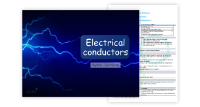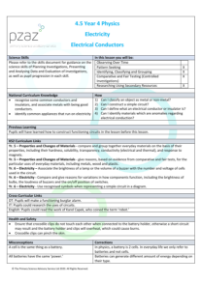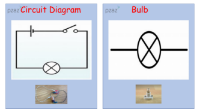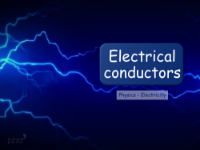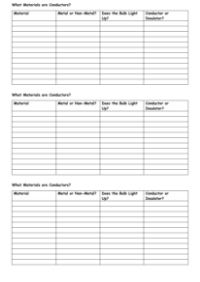Electrical Conductors - Appliances
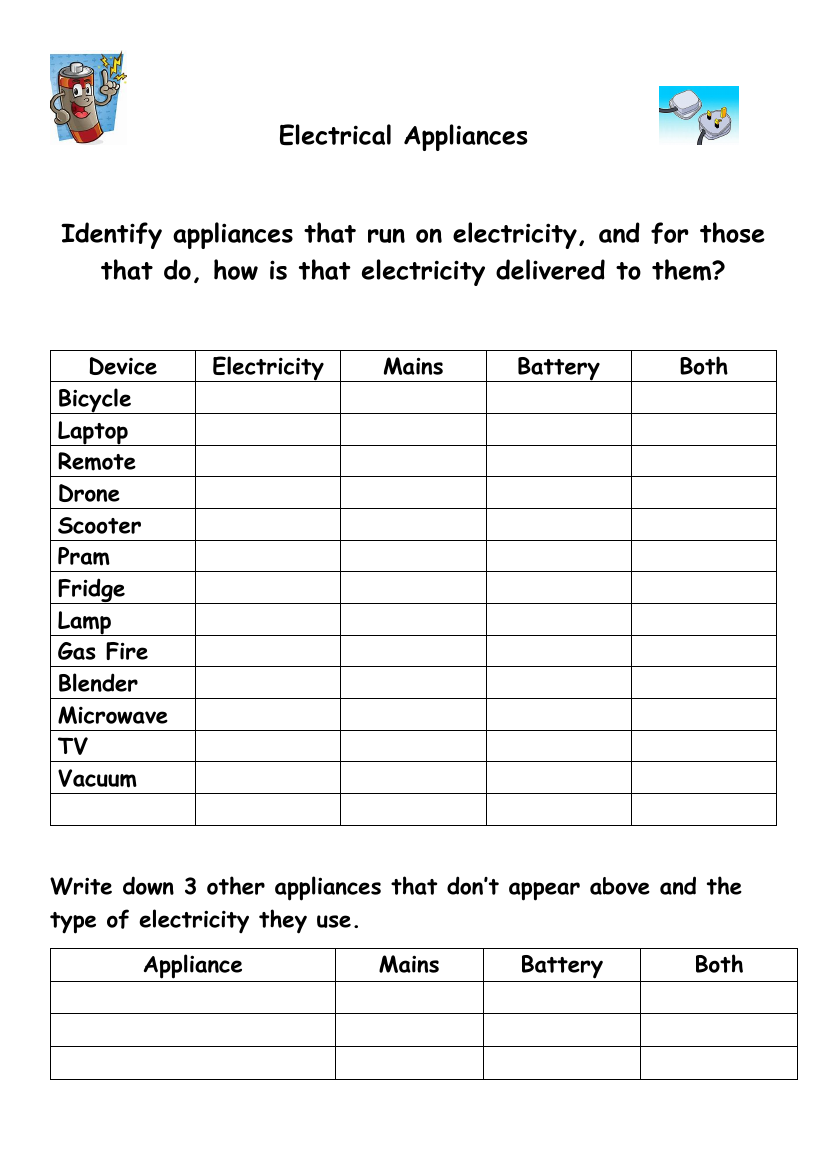
Science Resource Description
Electrical appliances are ubiquitous in modern life, each requiring electricity to function. The means by which electricity is delivered to these devices can vary. Some appliances, such as fridges and microwaves, are typically powered by mains electricity, meaning they need to be plugged into wall sockets within the home to operate. On the other hand, devices like remote controls are commonly powered by batteries, which provide the necessary electricity without the need for a direct connection to the home's electrical system. There are also appliances that can be powered by either mains electricity or batteries, offering flexibility in use. For example, laptops can often run off their built-in rechargeable battery or can be plugged into the mains when the battery needs to be charged or for continuous power supply.
It's important to identify the power source for various appliances to ensure they are used safely and efficiently. For instance, a bicycle doesn't typically require electricity to function, whereas a scooter may have a battery-powered version. A lamp might be designed to plug into the mains, but some lamps can also be battery-operated for portability. Gas fires, as the name suggests, usually run on gas and not electricity. However, modern appliances such as blenders, TVs, and vacuum cleaners generally need to be connected to the mains, although some newer models of vacuums and TVs might have battery options for convenience. To broaden our understanding, consider three additional appliances: a toaster, a smoke detector, and a portable speaker. A toaster would typically use mains electricity, a smoke detector often uses batteries (though some may be wired to the mains), and portable speakers can frequently be powered by both mains and battery, depending on their design.
